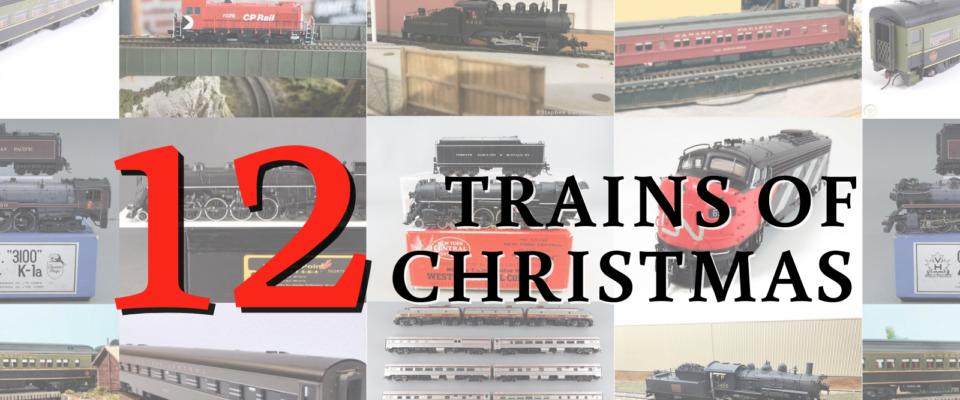Thank you for supporting the Toronto Railway Museum during this unpredictable year! As a charitable non-profit, the Toronto Railway Museum relies on revenue from admissions, Mini Train tickets, and donations. This holiday season, help us collect all 12 Trains of Christmas.
Donations to the 12 Trains of Christmas campaign will help us acquire the model locomotives and rolling stock highlighted on our website. Additionally, your support will ensure museum programming and events continue to bring people together through stories of Toronto’s railways.
Why 12 trains? The highlighted models depict rolling stock that are historically significant to Toronto’s railway history, and help to tell stories of the bygone Toronto Rail Lands area. With your support, we will be able to share those stories with our community for years to come.
View all 12 Trains of Christmas by clicking on the photo or link below and make a donation today. Donations over $25 are eligible for a tax receipt. Thank you!
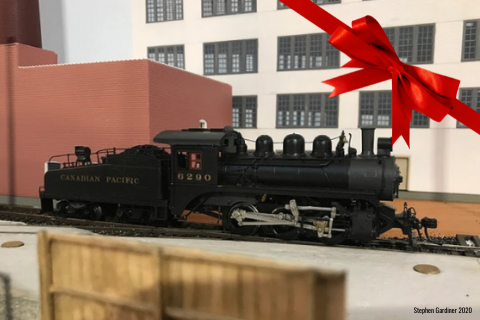
When you train arrives at the station, you may not think of how it came to get there. Switching locomotives like this one were essential to yard operations in Toronto. These little powerful locomotives made up trains by putting cars together for the larger locomotives. They were replaced by diesel switchers, like the museum’s CP 7020, in the 1940s and 1950s.
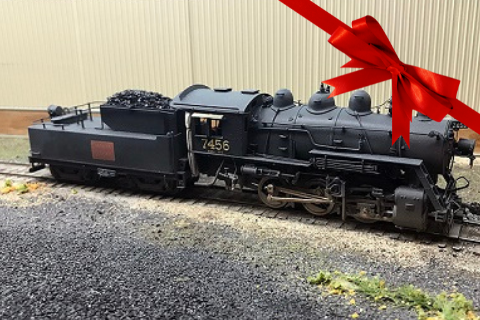
The backbone of yard operations before diesel, these small steam locomotives were little powerhouses when it came to working in the Toronto Rail Lands. They were responsible for local industrial switching, making up trains, and moving cars to and from Union Station and the coach yards.
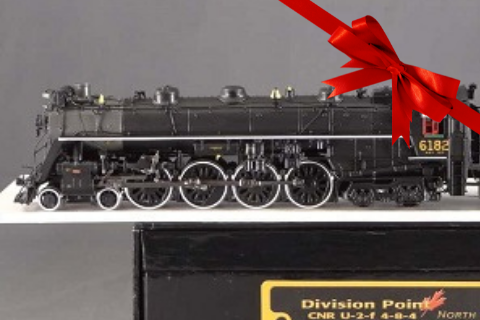
Like the museum’s own No. 6213, these locomotives were highly essential to CN operations for many years. No. 6213 was part of an order of 35 identical locomotives built for the Canadian National Railways during World War II. It was used to haul both passenger and freight trains well over a million miles during its 17-year career based in locations that ranged from Halifax on the east coast to the prairies of Saskatchewan. These locomotives were the last steam locomotives used in regular passenger service in the Toronto area.

This is one of the most iconic locomotives to be serviced at the John Street Roundhouse. CPR owned only two of these 4-8-4 Northerns (3100 and 3101) which were built at the company’s Angus shops in 1928. With 3585 horsepower and weighing 709,000 lbs with a full tender, these were the largest and most powerful locomotives ever built in Canada. They operated the Montreal-Toronto overnight passenger service for 26 years until they were replaced by diesel locomotives in 1954.
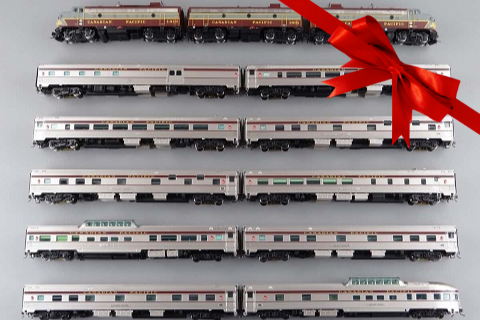
In 1955 the Canadian Pacific Railway launched its flagship transcontinental service “The Canadian” which operated between Toronto/Montreal and Vancouver. Travel time was 71 hours and the train featured streamlined stainless steel and dome cars built by Budd in Philadelphia. These cars are still in use today on the route which has been operated by VIA Rail since 1978. A truly iconic train, the Canadian has been featured on the $10 bill and can still be spotted leaving Union station for its westward journey once or twice a week.
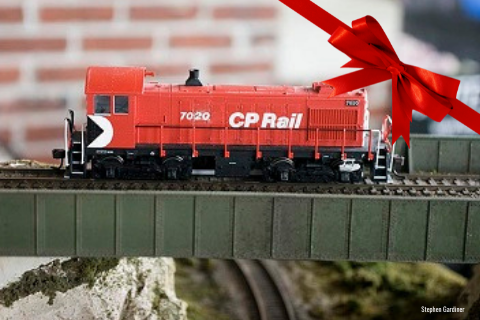
This is a switcher-type locomotive, used to pull freight cars out of yards or industrial sidings and assemble a train. Canadian Pacific 7020 is the first diesel locomotive to operate in Toronto. Acquired in 1944 to meet the demands of the war effort, within 15 years diesel would completely supplant steam locomotives on Canadian railways.
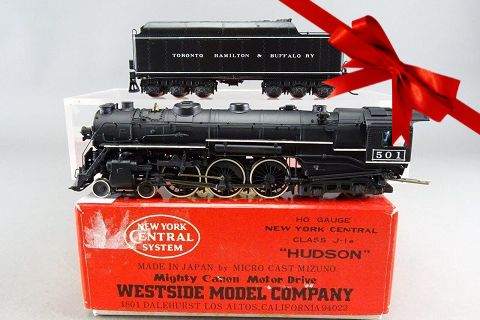
The Hudson steam locomotives were built by the American Locomotive Company (ALCO) and the Lima Locomotive Works from 1927 to 1938. The Hudson 4-6-4 came into being because the existing 4-6-2 Pacific power was not able to keep up with the demands of longer, heavier trains and higher speeds. The 4-6-2 design was modified with a bigger boiler and firebox, and a modified Berkshire-type trailing truck, creating a revolutionary class of locomotive. The TH&B Hudson is on the Mural on the coaling tower as well alongside CPR locomotives being serviced at the roundhouse.
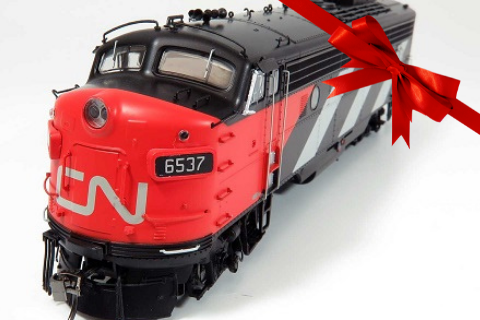
The FP9 is an American 1,750 horsepower dual-service (passenger and freight-hauling) diesel locomotive that was produced between 1954 and 1959 by General Motors Electro-Motive Division, and General Motors Diesel. Canadian orders were assembled by Canadian subsidiary GMD in London, Ontario. The FP9 was essentially EMD’s F9 locomotive extended by four feet to give greater steam generator and water capacity for hauling passenger trains.
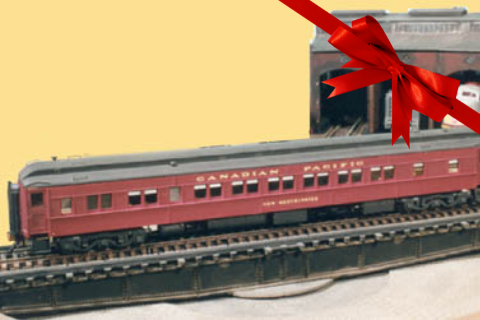
Prior to the First World War, most passenger cars were constructed of wood or some combination of wood superstructure and a steel or iron frame that was ballasted with concrete to make it even heavier. Up to thirty tons of concrete would be added during the construction process. It was believed that this additional weight helped the long wheel-based six-wheel trucks produced a smoother ride. These cars often weighed 90 tons or more.
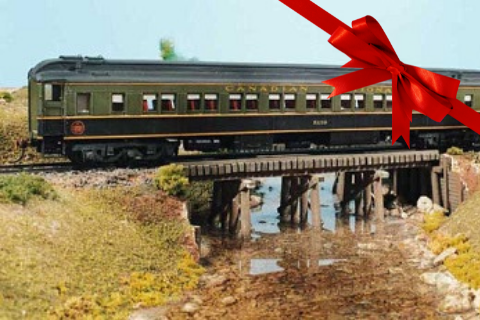
Before there was VIA Rail or GO Transit, the Canadian National Railway (CN) provided both an intercity and commuter service. Whether you were traveling on a vacation, or you were simply heading to downtown Toronto to get to work, you may have found yourself in one of these CN heavyweight coaches. They featured comfortable seating, racks to hold your bags, and bathrooms. They could be seen across Canada until the 1950s when they were replaced by lightweight coaches.
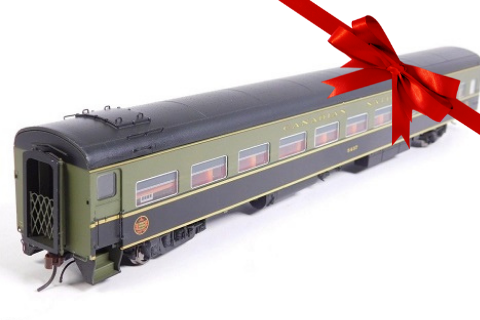
In the 1950s, the Canadian National Railway (CN) introduced lightweight coaches. These were an improvement over the old heavyweight coaches. The new coaches were used throughout Canada and would have frequently been seen at Toronto Union Station. As CN began to discontinue some of its passenger services, some of these passenger cars were rebranded with the VIA Rail livery.
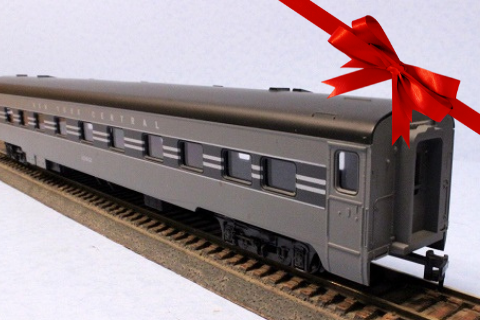
It wasn’t just Canadian trains in Canada! Imagine going to bed and waking up not just in another city but another country! In an era when trans-border travel by train was more common, American sleeper cars and coaches could often been seen in Toronto. Today, there are only a handful of trans-border trains between Canada and the US. They are operated by VIA Rail in partnership with Amtrak.
